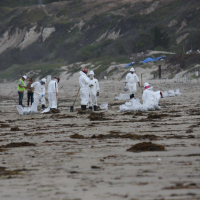On May 19, 2015, during Memorial Day Weekend, a pipeline ruptured near Refugio State Beach near Santa Barbara, California. Over 100,000 gallons of crude oil were spilled. During the Refugio response, experts used NOAA's ERMA spatial data tool to map the spill footprint, track oiled wildlife, assess impacts, and make coordinated decisions about cleanup. Learn how ERMA put data in the hands of decision-makers during the Refugio Beach oil spill response and assessment."
Story Maps
Dive into the science with one of our story maps, which combine maps, text, and other multi-media in an immersive online platform.
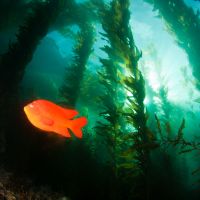
NOAA’s Damage Assessment, Remediation, and Restoration Program is an interdisciplinary program that holds polluters accountable for oil spills, hazardous waste (Superfund) sites, and ship groundings through pollution settlements that fund restoration. Learn about our work in your state in this interactive story map.
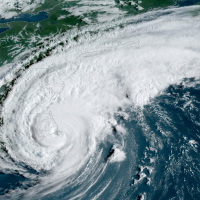
Map of the Month is an effort to showcase the spatial data tools that NOAA's Office of Response and Restoration (OR&R) experts use to prepare for, respond to, and restore the environment after marine pollution. Check out our new Story Map to see 12 maps showing where OR&R works and what we do.
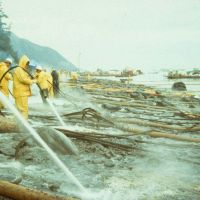
This ArcGIS story map explores just one spill from each of the 30 years since the Oil Pollution Act of 1990 was passed. While these 30 spills represent a small fraction of overall events, we hope to shine a light on the real places and people who have been impacted by pollution and benefited from the Oil Pollution Act.
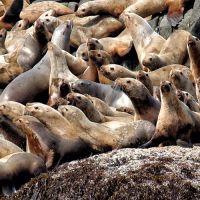
Sea lions, seals, dolphins, and whales are some of the marine mammals at risk of oil spills and marine pollution. To prepare for future disasters, NOAA’s marine mammal and oil spill experts worked together to publish "Guidelines for Assessing Exposure and Impacts of Oil Spills on Marine Mammals." Explore some of the new information and science from the document in our latest story map.
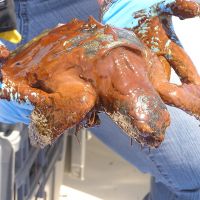
To best prepare oil spill experts for oil spills where sea turtles could be impacted, NOAA has released “Guidelines for Oil Spill Response and Natural Resource Damage Assessment: Sea Turtles.” Top sea turtle and oil spill experts came together to develop these guidelines.
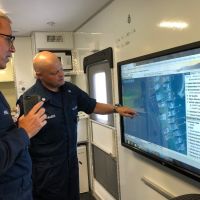
When hurricanes push displaced boats into shipping channels or sensitive habitats, they need to be cleared out fast. NOAA uses the Environmental Response Management Application (ERMA®) to gather and display information about boats that are displaced during hurricanes so responders can efficiently address these threats.
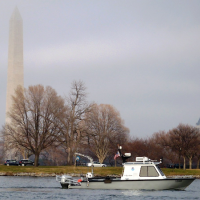
What can $28 million do to restore polluted waters across America? In FY19 NOAA worked with our co-trustees to reach settlements to restore natural resources injured by pollution. Seven cases were settled, including one oil spill, one ship grounding, and five hazardous waste sites. This $28 million will go toward restoring habitats, fisheries, public spaces, and the communities and economies that depend on them.
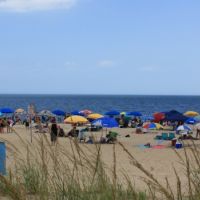
By examining beachgoer behavior, this new study helps us understand the potential economic effects of marine debris on the coastal tourism economy.
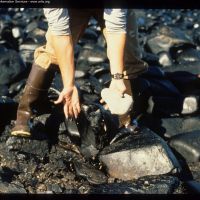
Thirty years ago on March 24, 1989, the Exxon Valdez oil spill occurred. It was America's largest oil spill at the time, and is largely credited with the passage of the Oil Pollution Act.
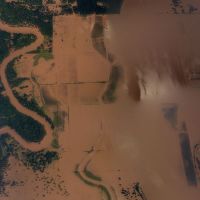
In an update on the 2017 hurricane season in August, NOAA announced the likelihood for an above-normal hurricane season. With Hurricane Harvey came a new record for the wettest tropical system in the continental U.S. and shortly after, the Category 5 Hurricane Irma broke yet another record, becoming the strongest Atlantic Ocean hurricane.
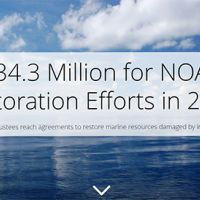
This map highlights the $34.3 million NOAA secured in 2018 with cooperating companies across America to restore natural resources damaged by industrial pollution and oil spills. Six pollution cases were settled, resolving several companies of their liability, and totaling $34.3 million that will go toward restoration.
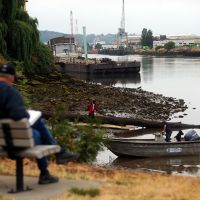
The Duwamish River has been a hazardous waste site since the mid-1900s. Though it was once a wide, meandering river with large areas of mudflats and marshes, by the 1940s the 9-mile estuary had transformed into a 5-mile industrial waterway — destroying 97% of the original habitat.
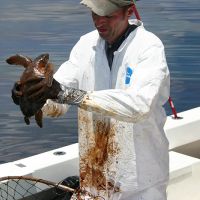
To best prepare oil spill experts for oil spills where sea turtles could be impacted, NOAA has released “Guidelines for OIl Spill Response and Natural Resource Damage Assessment: Sea Turtles." The document is accessible online.
 An official website of the United States government.
An official website of the United States government. 
